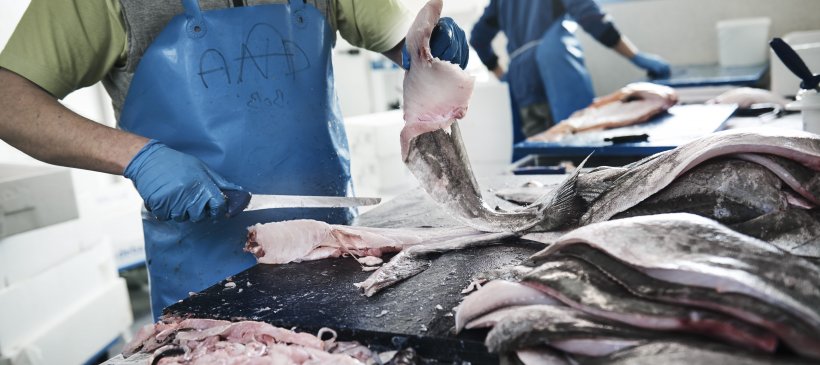An IFFO-funded study at the University of Stirling’s Institute of Aquaculture, led by Prof. Dave Little, has calculated estimates for the amount of fishmeal and fish oil that could be available from reduction fisheries, and fisheries and aquaculture by-products in 5 and 10 years’ time. Estimates are based on FAO and IFFO data, and although hypothetical provide some interesting figures for how the global industry could develop. Globally, approximately 20 million tonnes of raw material are used annually for fishmeal and fish oil production. Whole fish comprises 14 million tonnes of this total, nearly 50% of which comes from South America. By-product contributes 5.6 million tonnes (3.7 million tonnes from capture fisheries and 1.9 million tonnes from aquaculture). Europe is a major contributor to capture fisheries by-product (1.2 million tonnes) and Asia to aquaculture by-product (0.8 million tonnes).

Over the next 10 years, fishmeal production is estimated to grow 25-30% mainly as a result of increased raw material availability, mostly from byproduct. Fish oil production is predicted to increase to a lower level (5-10%) over that period as a consequence of increasing proportion of by-products from white fish fisheries for example, and increasing contributions from freshwater aquaculture species that are often lower in oil content. The model shows an increasing availability of raw material from byproduct derived from aquaculture as that sector continues to grow, but also confirms an under-utilisation of byproduct from both fisheries and aquaculture at the current time. As the total volume of raw material, and fishmeal and fish oil production increases, byproduct is predicted to provide an increasing proportion of the total.
Europe currently uses proportionately more byproduct for fishmeal and fish oil production than other regions. Asia, and China in particular, shows the most potential for future marine ingredient supply from under-utilised resources in both fisheries and aquaculture. Fish oil is predicted to grow more slowly than fishmeal, as future contributions from aquaculture are likely to include increasing proportions of low-oil yield farmed freshwater species. Logistical and practical difficulties account for the current under-utilisation of byproduct in marine ingredient production. This work was commissioned by IFFO in order to quantify the potential volume of future global raw material supply.
Download the full report from the downloads section on this page.









